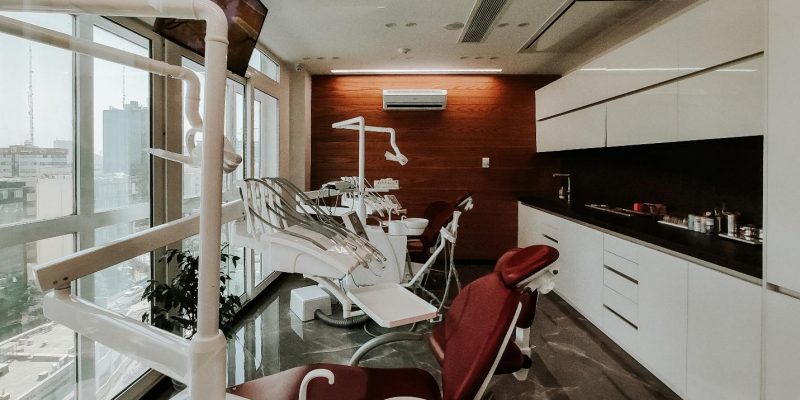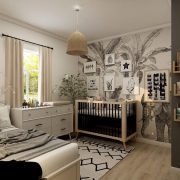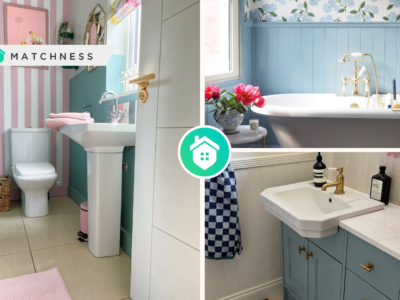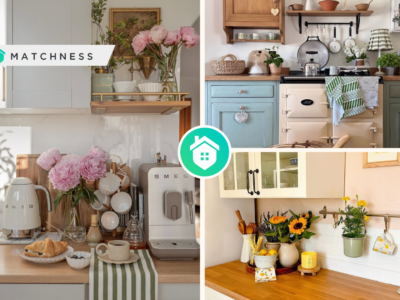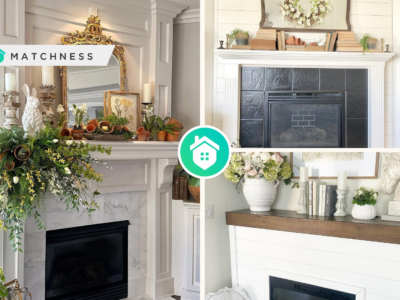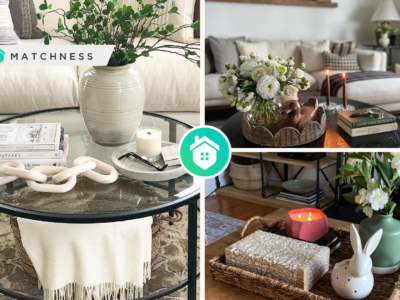The medical industry is very competitive nowadays compared to what it was back in the day: just a few medical offices and a couple of offices. Now, there are lots of things to consider when it comes to enhancing patients’ experience. Discover the following medical office design ideas here.
There’s a high percentage of people across the world with a phobia of doctors and medical facilities. This type of fear is called “Iatrophobia.” Fear of doctors is common nowadays. Most people don’t particularly enjoy going to a doctor. Whether because of the long waits, the cold, sterile environment, and the painful medical procedures. Doctors’ visits often cause anxiety in almost anyone. For some, this normal anxiety turns into panic attacks.
Is Iatrophobia normal?
It is normal to be nervous and anxious when going to a doctor, so telling someone, “please, be calm, it’s pretty senseless..” Only qualified mental health doctors can make patients feel calmer. There are a few signs that may tell you that you’ve got iatrophobia, as follows:
- Obsessive fear
- Other illness-related phobias (nosophobia, hypochondriasis)
- Postponing doctor appointments
Iatrophobia can be difficult to treat due to the nature of fear. Generally, other phobias can be treated with medications, therapy, etc. – but iatrophobia is a mental disorder that can only be looked after by a mental health professional.
Many people consider that the doctors cause their fears when in reality, it’s a fear of the unknown. Therefore, as a doctor, you might think about doing everything to ensure your patients can comfortably visit you at the office.
Working in the healthcare system requires a lot of effort and focus, and you cannot spend all your working hours in an office. EMTs, for example, are always needed to travel, as they’re first respondents in case of emergencies. They’re the ones to care for injured people; to become an EMT (emergency medical technician), you must complete an EMT training course and receive EMT certification. It’s one of the most significant career choices, as you get a lot of satisfaction from helping others daily.
But because EMTs don’t sit all day in the hospital or a medical office, they don’t need to think about how to update their office. So, if you specialize in another medical category, you need to redesign your office for a better patient experience.
Update the Waiting Room
Updating the waiting room can make patients feel more comfortable when visiting you. They can be waiting for long hours, and believe it; they don’t want to be there. Thus, you need to make the room look friendlier more inviting. Set up a charging station for devices separate chairs (couches aren’t a good idea) to make them feel more private. Clients feel a lot more comfortable when they’re treated special.
Frequently, medical waiting rooms are associated with desolation. There’s nothing to do there. Even the name itself raises anxiety and worry – it’s just a room that’s sole purpose is to wait and get nervous or angry. But, as a doctor, you can tell when a patient is grumpy. The stress and negative feelings they get can affect their health. And considering the digital era we live in, people might avoid overcrowding and lingering in a waiting room.
As such, consider a positive waiting room atmosphere and provide services to your patients, as follows:
- Place a liaison inside the waiting room to help patients check-in, answer FAQs, and get information about their health concerns.
- Play relaxing and upbeat music.
- Ensure there’s a pleasant, typical smell in the space.
- The artwork is comforting.
- Make sure the lighting is warm.
- Ensure your staff is in a good mood when making their way to address patients.
- Ensure the entire space is clean, with no stains, dirty tables, remains from other visitors, or broken chairs and furniture (imagine your living room).
What makes a waiting room welcoming?
The opposite of sterile. No one comes to a hospital for a holiday. They’re concerned, panicked, with lots of anxious thoughts. Thus, they need to have a therapeutic image to reduce stress. You can also place positive distractions, like an aquarium, calm music, and water elements. Nature has therapeutic effects, so placing plants can have a healing effect. They’ll do the job if taken care of.
Also, make sure that the room is ample, with nothing a person may trip over. The entire area should be constantly monitored to see if it’s clean and neat. What other things make a patient feel relaxed and unique? Maybe a cup of tea or coffee. During summer, iced tea and water shouldn’t miss under any circumstances. The receptionist always provides a welcoming smile to patients.
Private Rooms
Some people might be sensitive to noises, so reduce the volume of the music and forget about television – it can make a patient feel more stressed. Other than this, television might be just in need if the channel provides images of continuous views of nature beautiful relaxing music, which shows support to patients. To make things easier for you, imagine you’re the patient. What would make you feel anxious, stressed, and worried? Sit there quietly and listen. You will then know how it feels.
If you want an even better medical office design, you must implement private rooms so that people can use them. These rooms could be used for you to talk privately to your patients, for moms to change their baby’s diapers, etc. Or, in exceptional cases, when you must let a patient know about test results or health conditions that might make them sensitive. Patients might also feel more comfortable talking to you and asking questions without embarrassment.
Just because it’s a medical office doesn’t mean it should be dull and plain. Decorating your office with warm, natural colors can put your patients in a better mood and allow them to be ready to meet you.


